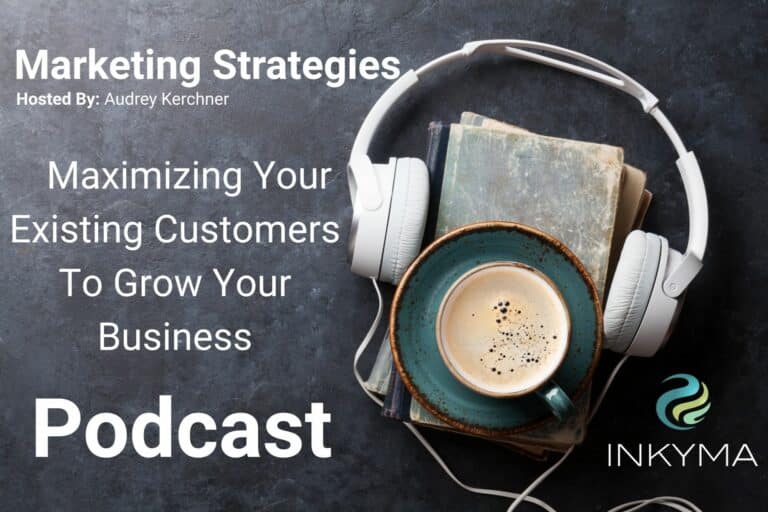On this episode of Inkyma’s Marketing Strategies, Audrey focuses on Customer Retention Strategies. You will learn about ways that you can get more revenue from existing customers and how to get those customers to refer you to new customers.


Chief Marketing Strategist, Inkyma
On this episode of Inkyma’s Marketing Strategies, Audrey focuses on Customer Retention Strategies. You will learn about ways that you can get more revenue from existing customers and how to get those customers to refer you to new customers.